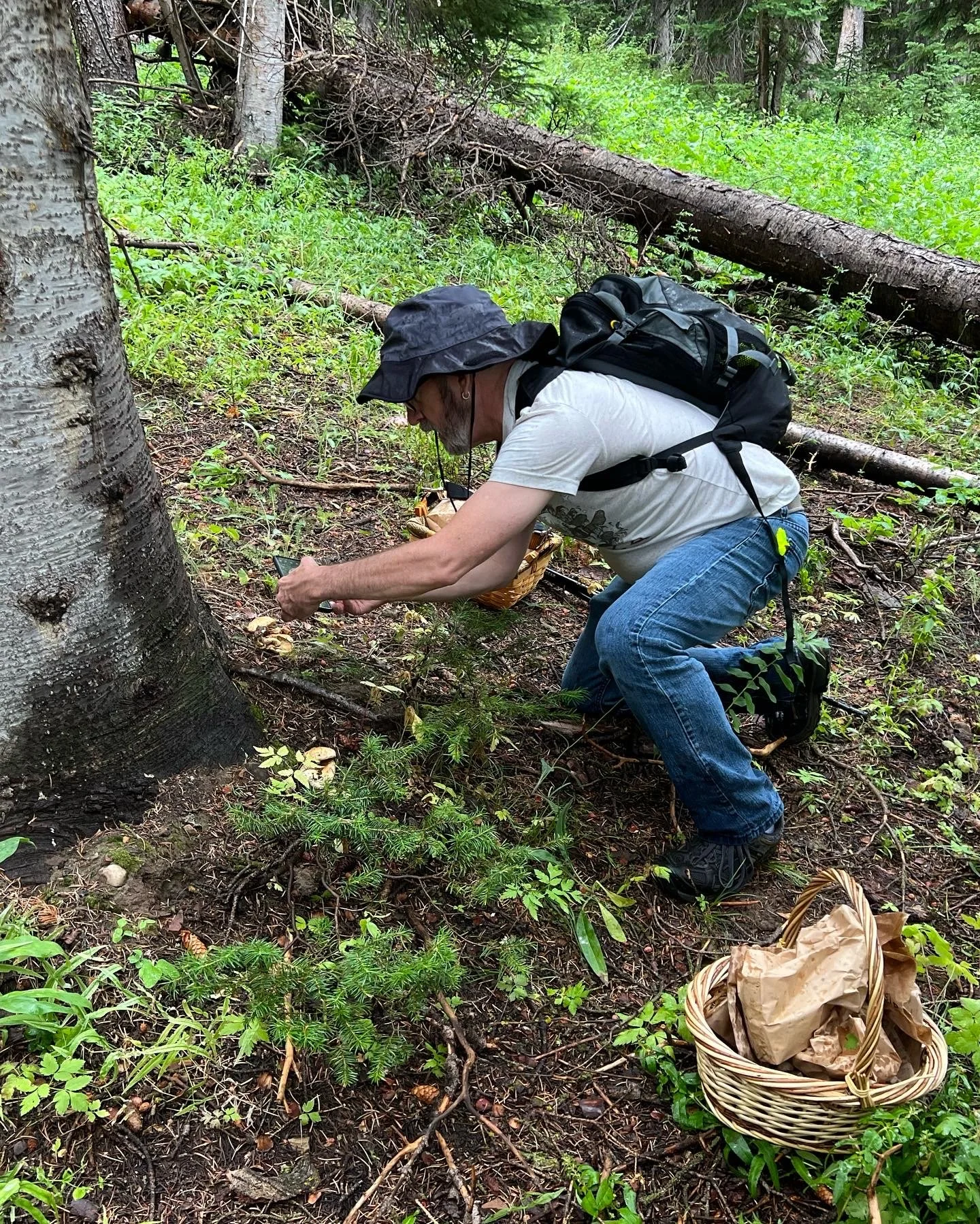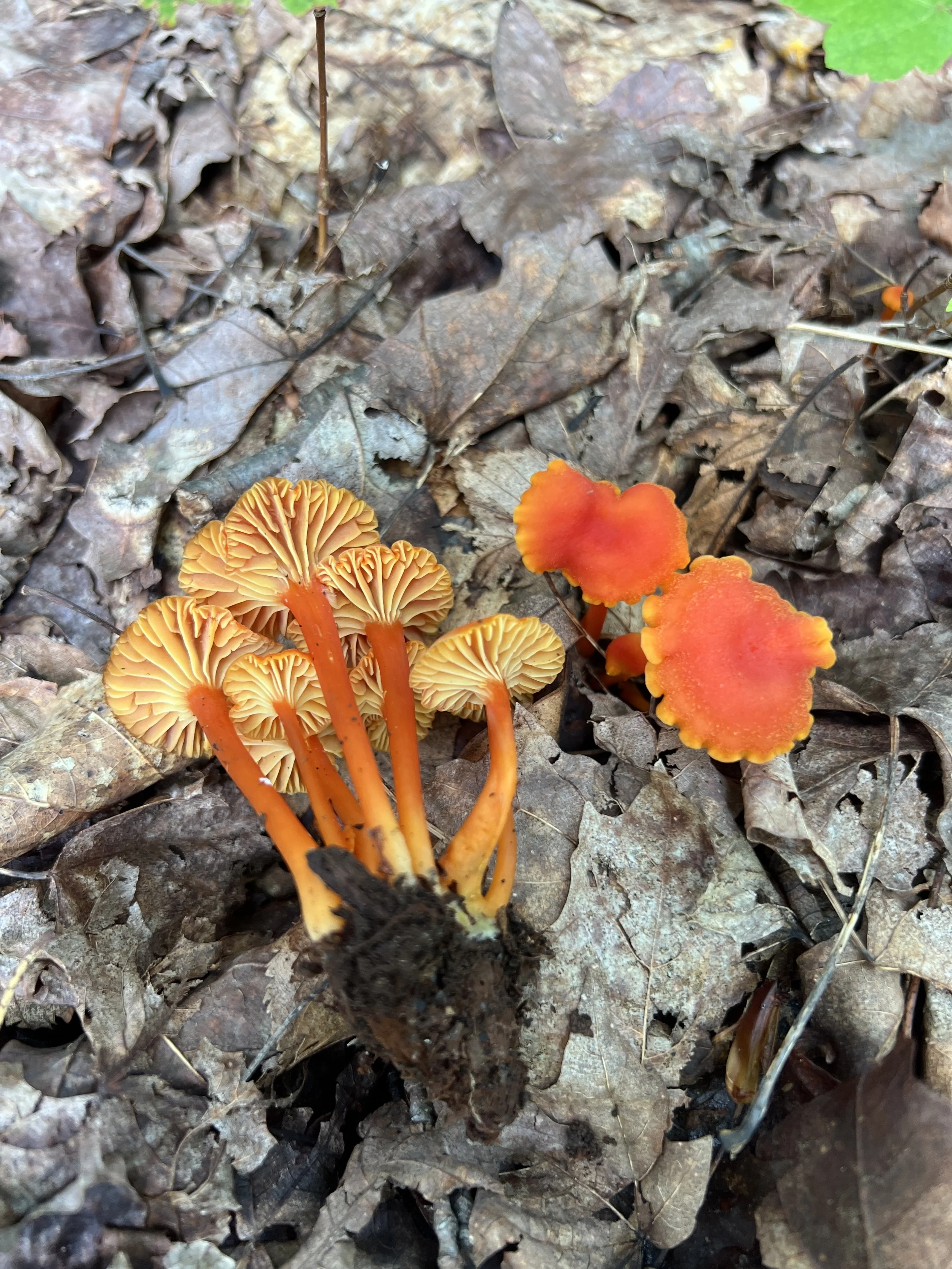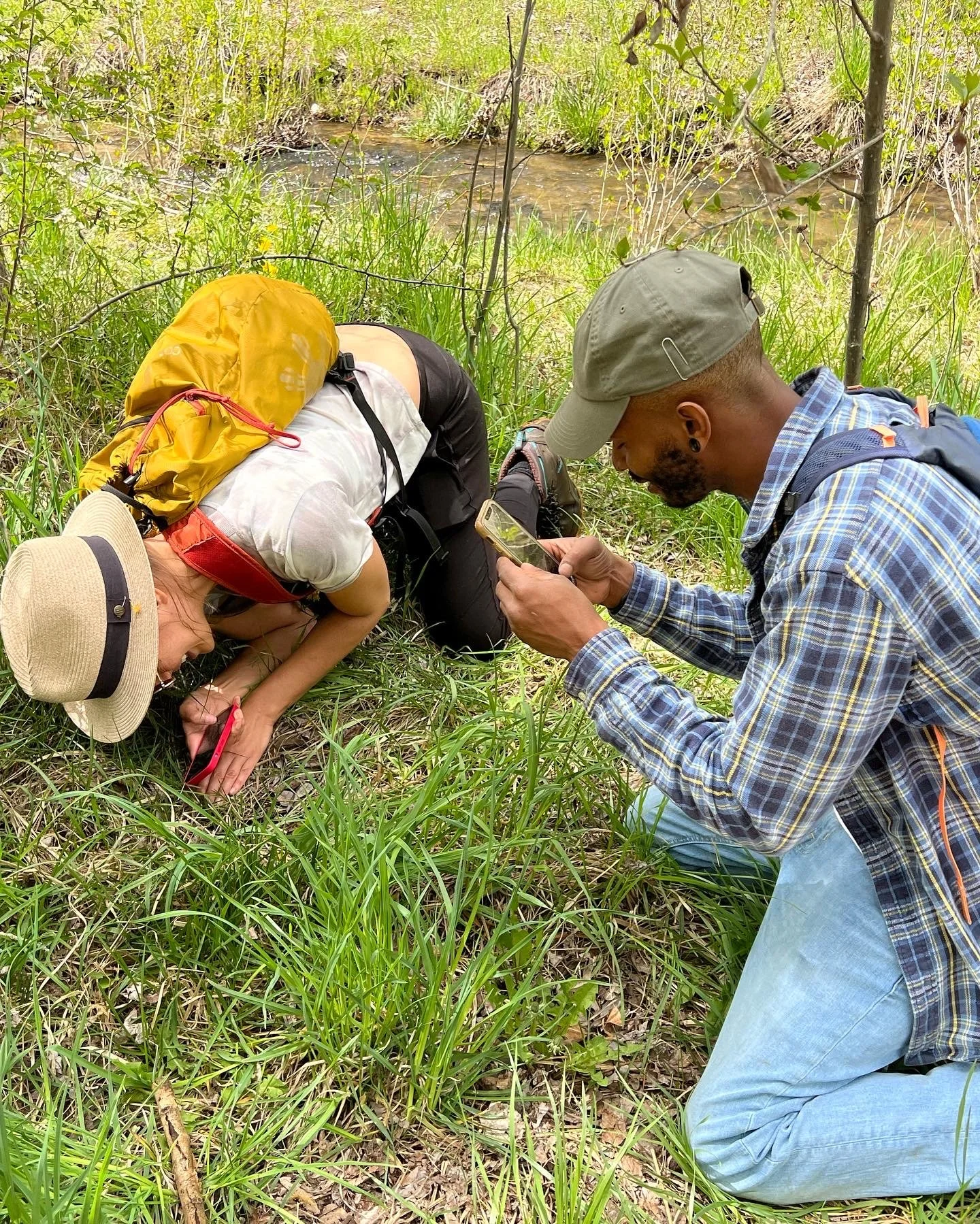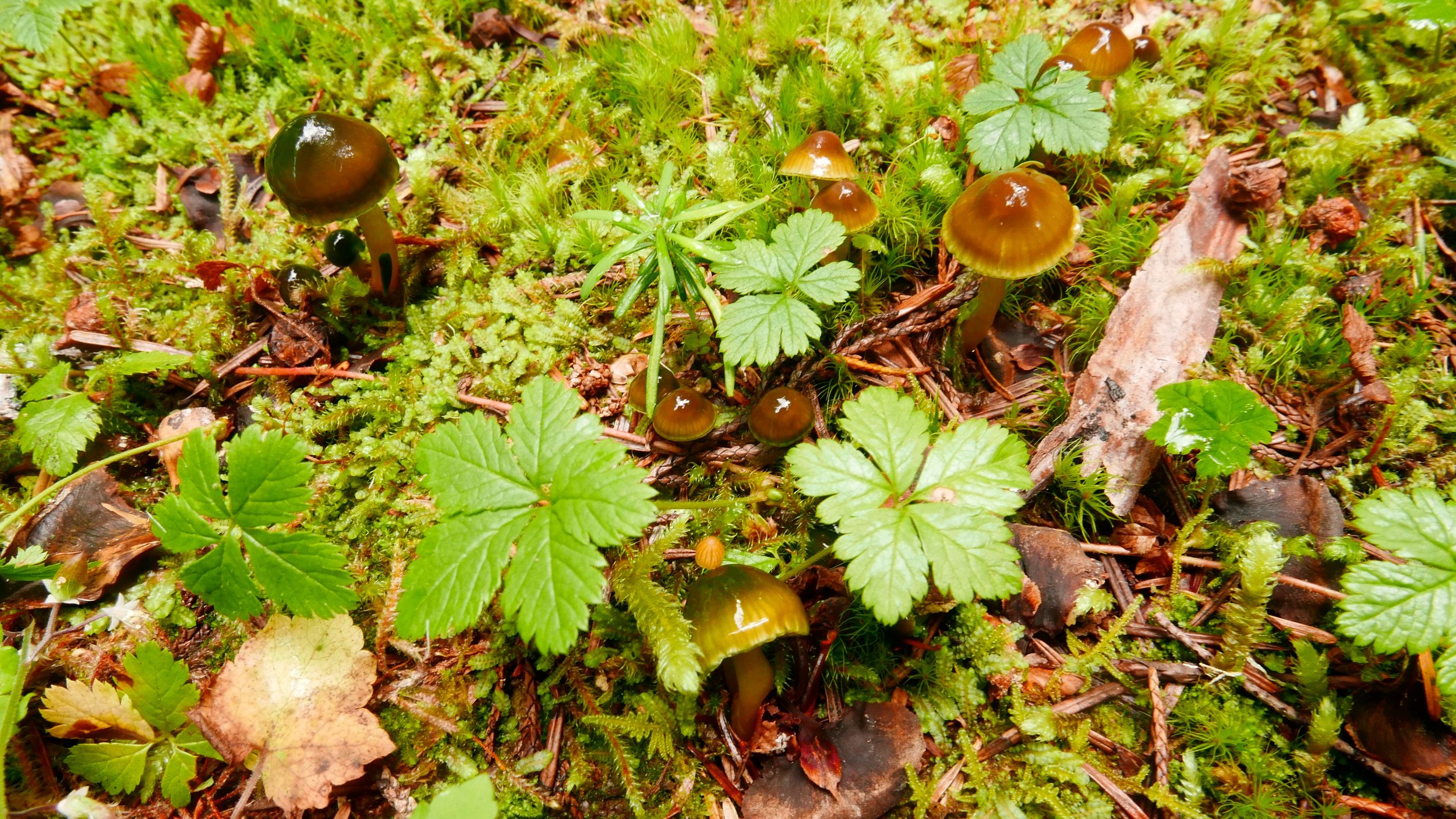Photo by Dean LyonsAbout the Fungal Diversity Database
Habitat, distribution, and abundance data are critical pieces of information for assessing the threat status of a species. Knowing which species are threatened enables conservationists to prioritize efforts and redistribute resources. Many observations of fungi are created on iNaturalist and Mushroom Observer, but the quality, and thus utility, of this data may vary greatly. We know the importance of high quality observational data points, therefore Database contains the high-quality metadata necessary for evaluating the status of North American macrofungi.
What’s in it for you? When contributing to the Fungal Diversity Database you can discover or verify the identity of your find. Expert identifiers work to give feedback on all observations in the Database, making them valuable, to both you and us.
The Fungal Diversity Survey umbrella project encapsulates all FUNDIS Community Science Projects including Rare Fungi Challenges and the FUNDIS Local Projects.
Fungal Diversity Database parameters
The Database is for high-quality macrofungi observations. Macrofungi are spore-bearing structures visible to the naked eye (mushrooms, brackets, puffballs, false-truffles, cup fungi, etc.).
No lichens (while important to biodiversity, FUNDIS exclusively focuses on fungi at this time).
No slime molds (a different kingdom entirely; Protista).
Criteria for high quality mushroom observations
Images must be clear, well-lit, in focus, and the mushroom needs to be relatively large in the photo so details can be clearly seen.
No immature, overly mature, or damaged specimens.
We want to see all the morphological features of the mushroom -- the cap, the pore/gill surface, the stipe including the base, bulb, or volva (if applicable), as well as any staining, discoloration, or milk/latex.
Include a habitat photo, showing the fungus in situ. There should be a clue to the host or substrate (e.g., if it grows under a specific tree, show the leaf or needles of that tree next to the mushroom, or take a separate photo). Brownie points for including all the important features in one image.
Please add habitat data in the notes field when creating the observation (e.g., what kind of trees were growing nearby and what is the fungus growing on?).
How the Database works
Curators
We have a support system of wonderful curators who monitor the Database by welcoming new members (check your inbox!), removing poor quality observations, carrying out general upkeep, and communicating with observers to help them create better observations.
Curation Team on iNaturalist: @mandymushii @fungi_fanatic
Identifiers
The Database has a network of expert identifiers to confirm identifications, which helps to maintain data quality. Any observations you add to the Fungal Biodiversity Database will be identified by professional mycologists and highly-ranked amateur identifiers.
Identification Team on iNaturalist: @alan_rockefeller @else @fungee @pucak @johnplischke @sigridjakob @mycowalt @biglaughinggym @maricel-patino @noah_siegel @komille277 @sarahduhon




How to bulk upload your high-quality observations to the Database
Go to “Edit Observations” under the avatar on the upper right hand corner of the page (desktop only, doesn’t work on app)
On the desktop site, go to “Edit Observations” under your avatar (top right).
Set the view to 200 observations (bottom left).
Click “Batch Edit.”
Select the observations or choose “Select All.”
Click “Add to Project” and then “Add” next to Fungal Diversity Database.




